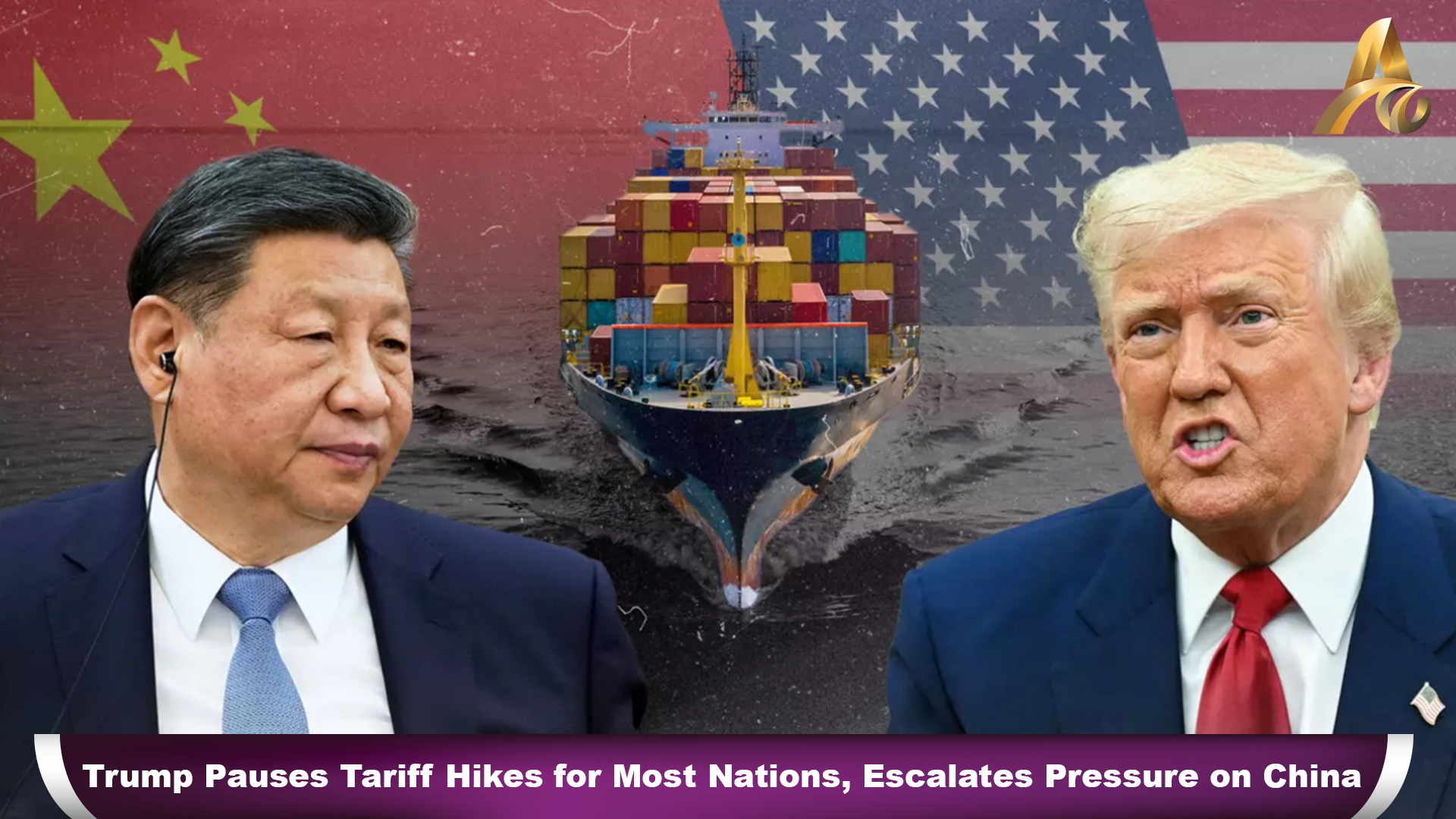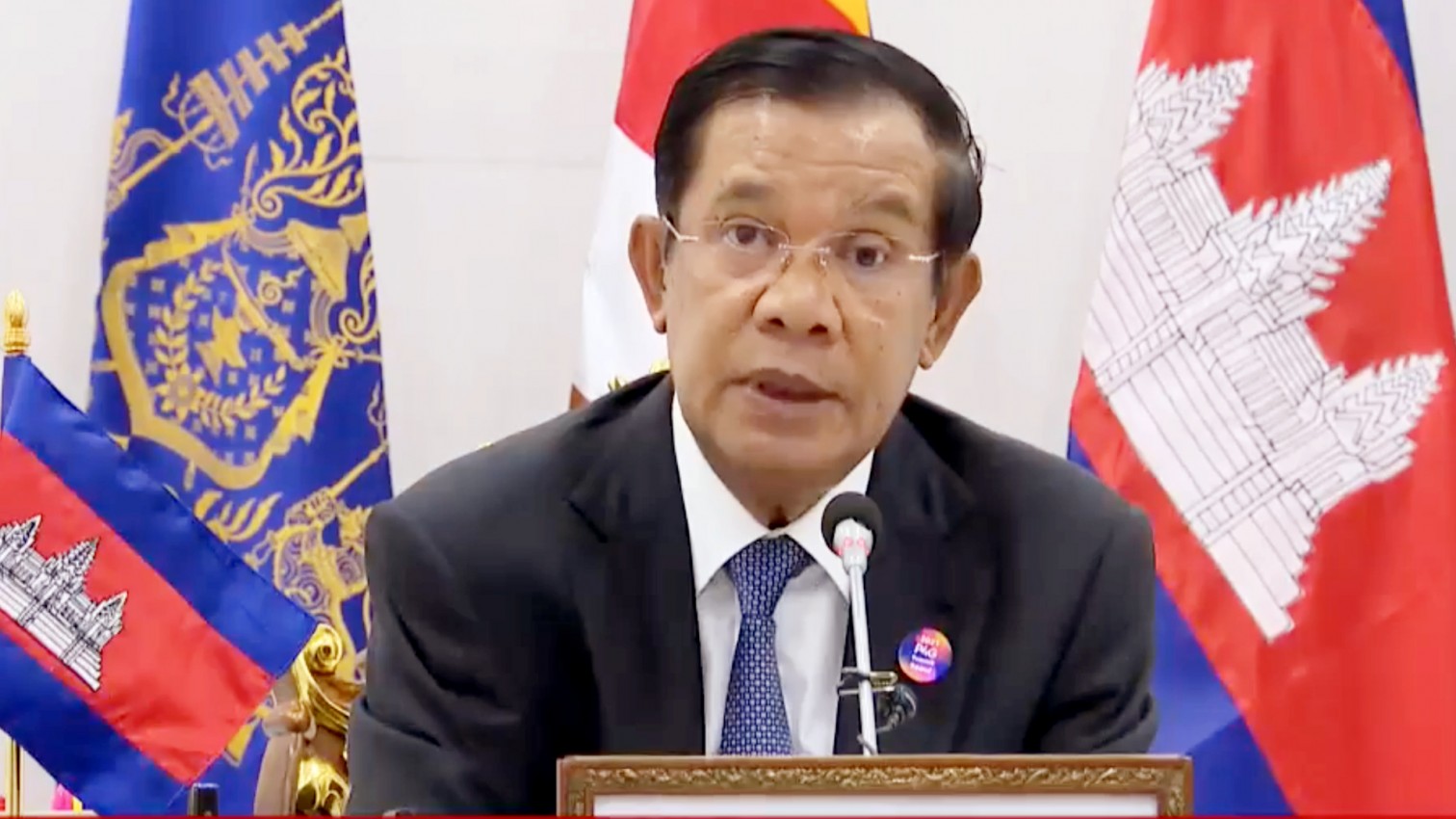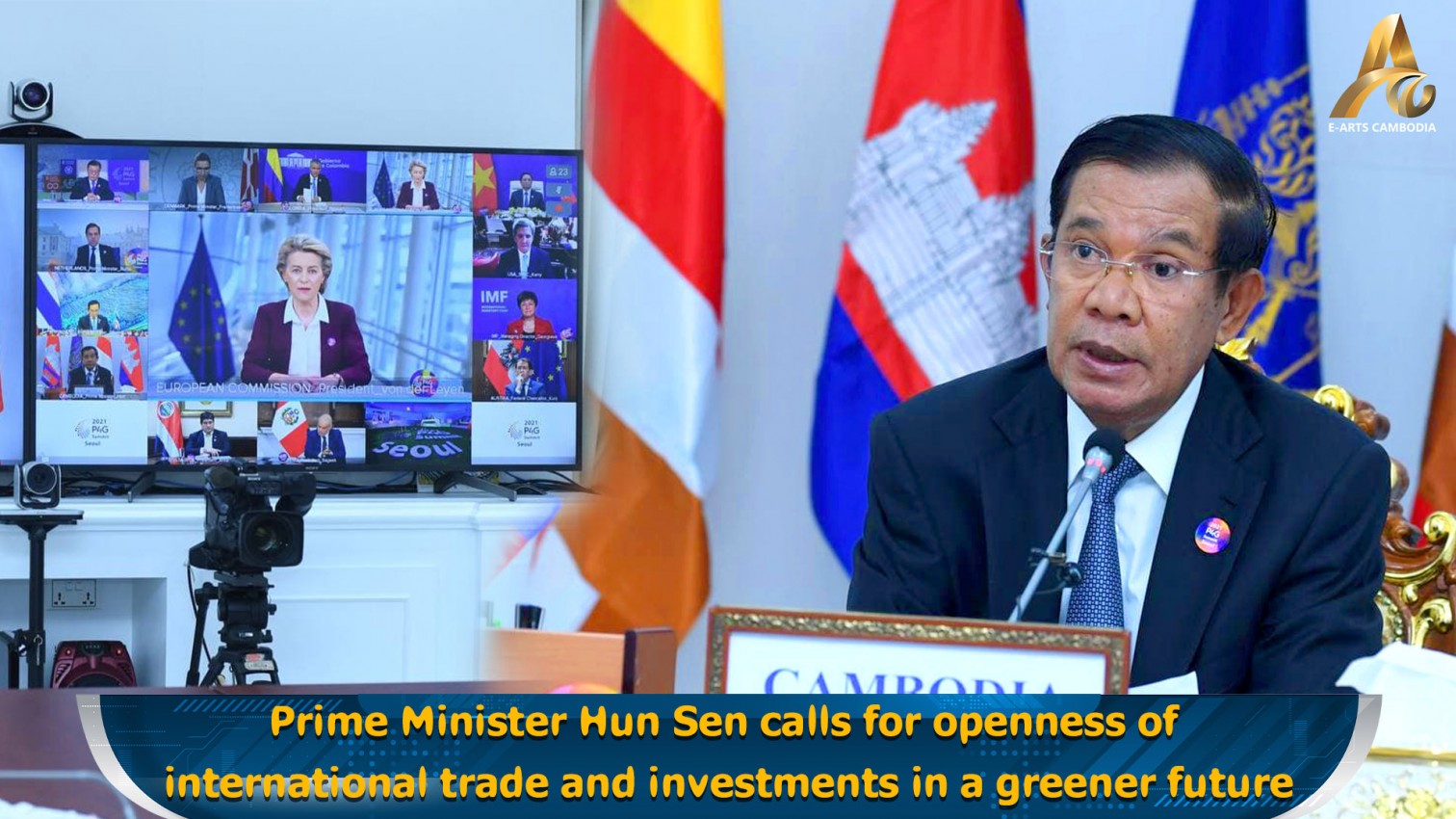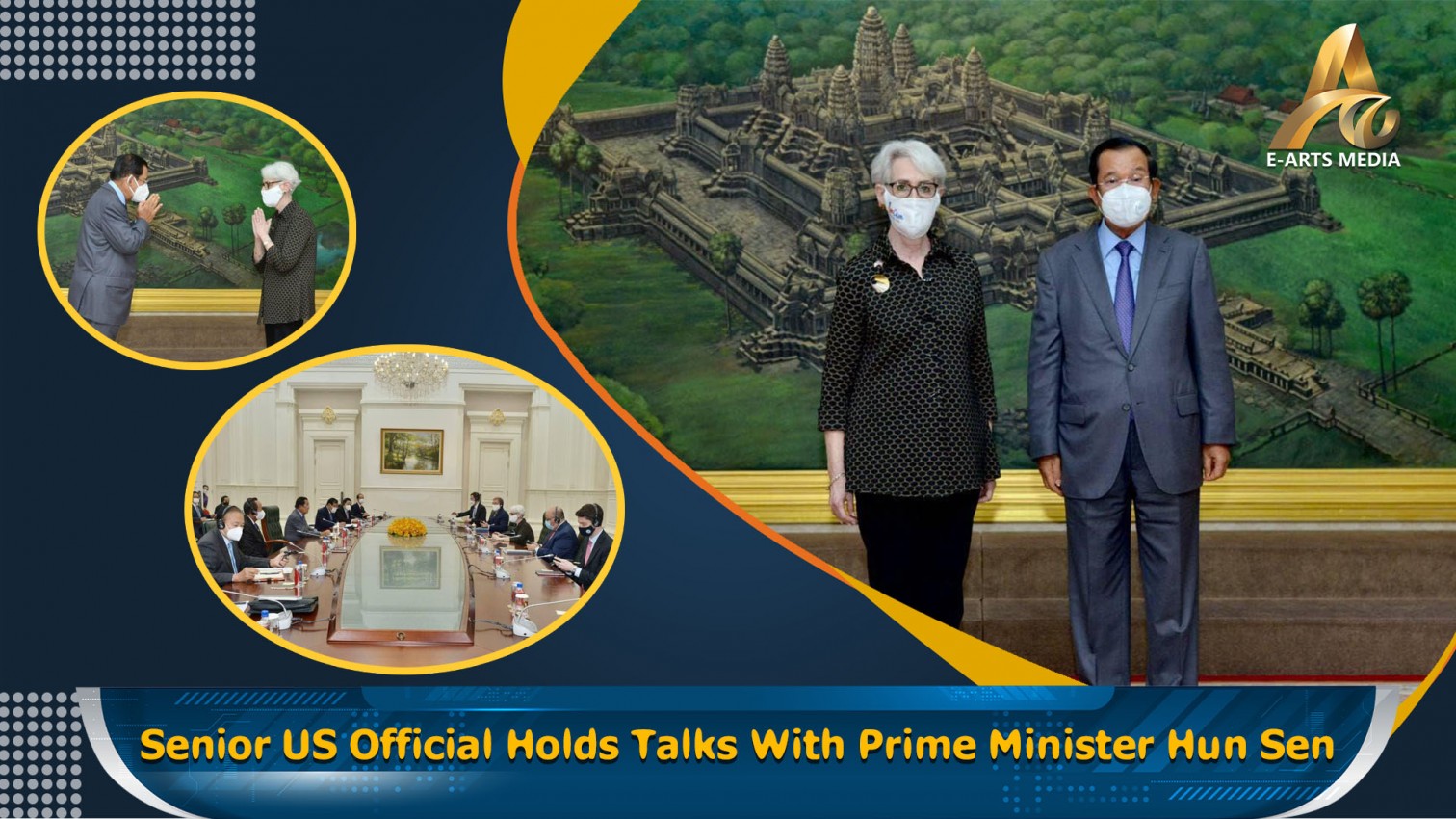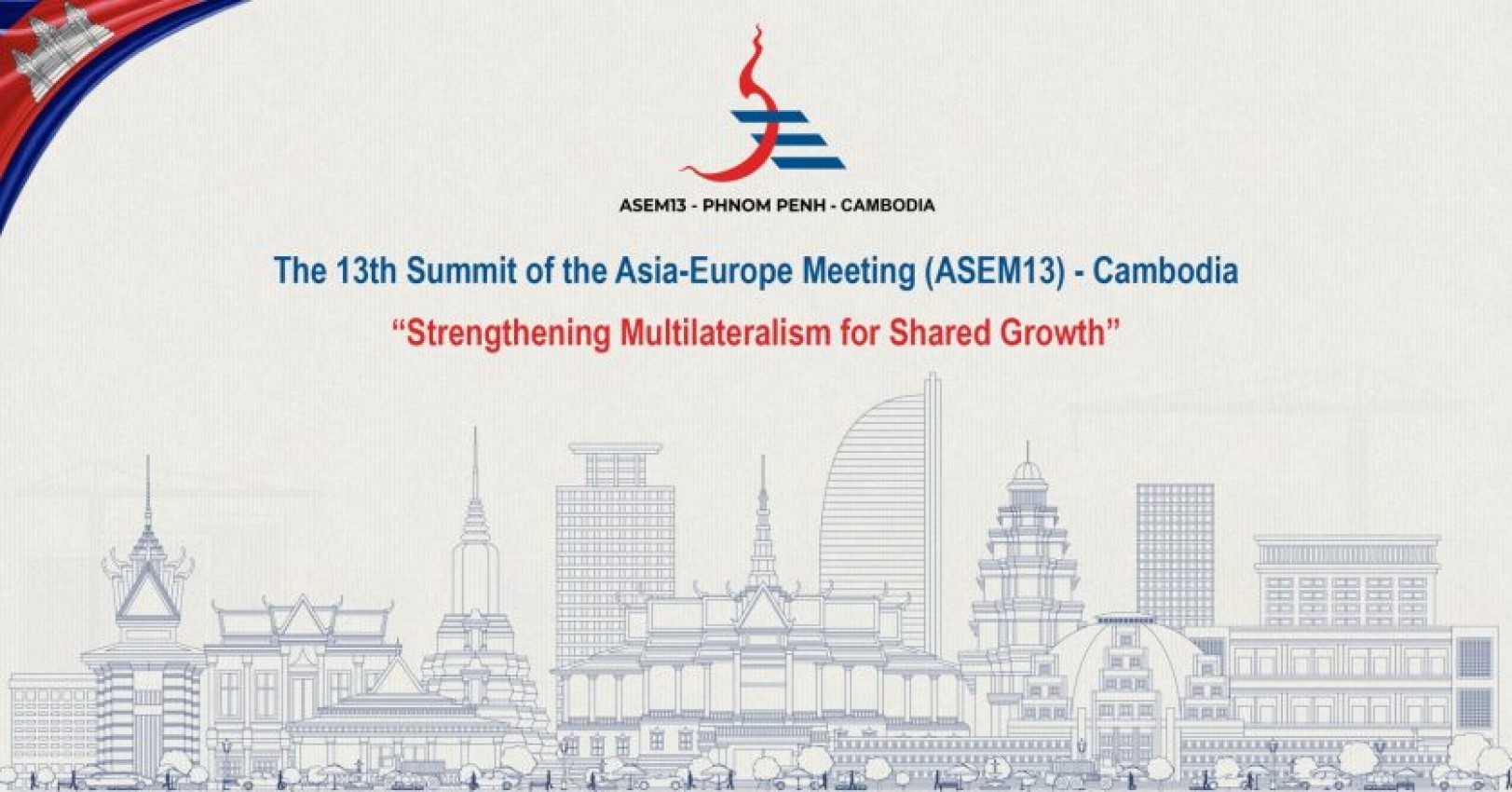White House aims to calm markets while maintaining hardline stance on Beijing
WASHINGTON — President Donald Trump announced a 90-day pause on planned tariff increases for most U.S. trading partners on Wednesday, a move aimed at easing economic uncertainty and giving space for ongoing trade negotiations. However, the pause does not apply to China, where tariffs will rise sharply to at least 125%, signaling continued friction between the two global powers.
The decision marks a partial retreat from Trump’s sweeping tariff plan unveiled last week, which had rattled global markets and drawn criticism from international allies and economic experts. Following the pause announcement, U.S. markets surged, with the S&P 500 posting a 9.5% gain.
“We’re taking a flexible approach,” Trump told reporters at the White House. “Some people were getting nervous, a little yippy. We’re watching the markets closely, and we want to make sure we’re doing the right thing for the country.”
Market Concerns Prompt Shift
Trump’s initial plan, dubbed “Liberation Day,” introduced a 10% baseline tariff on all imports and significantly higher rates for countries accused of unfair trade practices. That plan took effect over the weekend and was met with volatility in the stock and bond markets. On Wednesday, Trump said the White House would pause additional hikes for most countries, citing growing interest in renegotiating trade terms.
According to Trump, more than 75 nations have reached out to the U.S. in hopes of striking new trade deals. “They’re coming to the table,” he said. “We’re going to make fair and smart deals with all of them.”
Despite softening his approach to most countries, Trump defended the decision to exclude China from the pause. He accused Beijing of showing “a lack of respect” in trade discussions and emphasized that he intends to hold China accountable for what he describes as long-standing imbalances and abusive practices.
China Tensions Rise
In response to Trump’s tariff hike, China raised its own duties on U.S. imports to 84% and criticized Washington’s approach as counterproductive. A spokesperson for China’s Ministry of Finance said, “The United States simply piles mistakes on top of mistakes.”
Trump, however, remains optimistic that a breakthrough is possible. “A deal is going to be made with China — eventually,” he said. “But they haven’t quite figured out how yet.”
Analysts say the continued standoff with China reflects deeper geopolitical and economic tensions, and warn that both countries could face long-term consequences if the dispute escalates further.
Global Response and EU Measures
Elsewhere, the European Union announced limited retaliatory tariffs on more than €20 billion in U.S. goods, including soybeans, motorcycles, and cosmetics. However, the EU stopped short of directly responding to the “Liberation Day” tariffs, signaling a more restrained approach as negotiations continue.
Meanwhile, U.S. defense officials have raised concerns about China’s growing influence, particularly in Latin America. While visiting Panama this week, Defense Secretary Pete Hegseth warned of “increasing Chinese threats” related to infrastructure and trade routes.
Divided Opinions at Home
Trump’s supporters argue the tariffs are a necessary tool to protect American manufacturing and correct decades of lopsided trade agreements. “This is about putting American workers first,” said a senior administration official.
Critics, however, warn that the tariff strategy could backfire. Business groups and economists have cautioned that higher tariffs may raise costs for American consumers, disrupt supply chains, and trigger a global economic slowdown.
Still, the president remains firm in his belief that the strategy will yield long-term benefits. “This isn’t about being tough — it’s about being fair,” Trump said. “And we’re going to win.”








